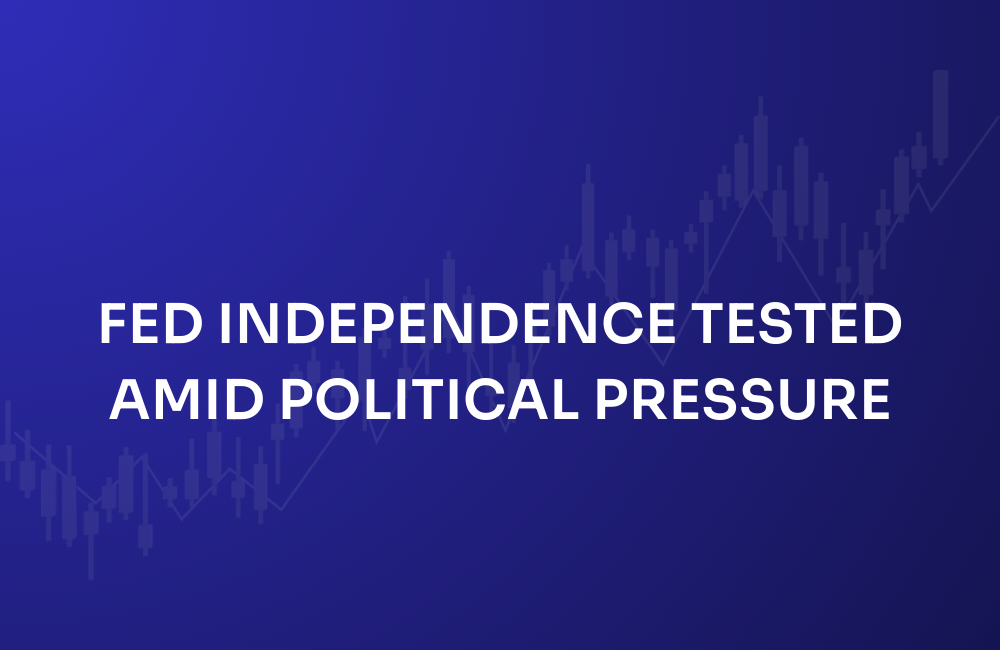
Subscribe to our free
💌 Stay ahead with AI and receive:
✅ Access our Free Community and join 400K+ professionals learning AI
✅ 35% Discount for ChatNode
.png)

Index investing has been a reliable wealth-building strategy for decades. But recent market dynamics have created a concentration issue that most investors don't fully appreciate. Here's what you need to know.
The Concentration Shift
The Magnificent Seven—Apple, Microsoft, Nvidia, Alphabet, Amazon, Meta, and Tesla—now represent 34% of the S&P 500 as of August 2025, up from 12.3% in 2015.
In mid-2024, these seven companies accounted for nearly $16 trillion of the S&P 500's total $46 trillion market capitalization. Over the last decade, their combined market cap has grown by 800%, compared to 150% for the broader benchmark.
This concentration has driven impressive returns. From 2015 to 2024, the Magnificent Seven achieved a 697.6% return, significantly outperforming the S&P 500's 178.3% gain. These seven stocks accounted for more than half the S&P 500's gains in both 2023 and 2024.
Your Actual Exposure
A Vanguard target-date fund for near-retirees carries roughly 8% exposure to the Magnificent Seven. For younger investors, that exposure rises to 13.5%. If you hold multiple index funds like an S&P 500 fund, a total market fund, and a growth fund. You likely have overlapping positions in these same seven companies.
Nvidia has driven nearly 50% of the S&P 500 gains since April, representing about 37% of the index's overall market capitalization, a stunning record high.
Understanding the Risk
When Nvidia shed more than $500 billion in market value over three days in April 2025, it pulled the entire S&P 500 into a multi-day decline. This illustrates how concentration can amplify volatility in both directions.
Market concentration is now at its highest level since the early 1970s. The top 10 stocks in the S&P 500 accounted for 37% of the index as of mid-2024, nearly double the 14% share from a decade earlier.
Historical precedent shows this level of concentration isn't unprecedented—similar levels existed in the 1930s and during the "Nifty Fifty" era of the 1960s. Markets performed well during some of these periods, though the concentration eventually unwound.
Alternative Approaches
Equal-Weight Index Funds- The Invesco S&P 500 Equal Weight ETF gives all 500 companies equal weighting, reducing exposure to the Magnificent Seven from 34% to roughly 1.4%. This approach has underperformed the standard S&P 500 in recent years, which is worth considering.
Broader Diversification- Adding exposure to international equities, small-cap stocks, or sector-specific funds that don't overlap heavily with these seven names can help distribute risk more evenly across your portfolio.
Portfolio Review- Review your actual holdings across all funds to understand your true exposure to these companies. Many investors are surprised to find they hold significantly more concentration than they realized.
The Bottom Line
Index investing remains a sound long-term strategy, but understanding what you actually own has become more important as market concentration has increased. The S&P 500 has delivered strong returns partly because of this concentration, not despite it.
The question for investors isn't whether to abandon index funds, but whether the current level of concentration aligns with your risk tolerance and investment timeline. Being aware of this dynamic allows you to make more informed portfolio construction decisions.
About
Tick by Tick is the weekly newsletter that helps you understand the market, not just the headlines.

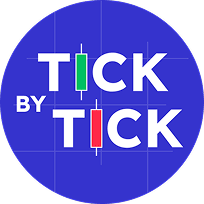
Recommended
.png)


.svg)




.svg)



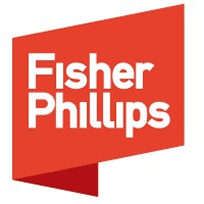
.png)

.png)

.png)


.png)

.png)
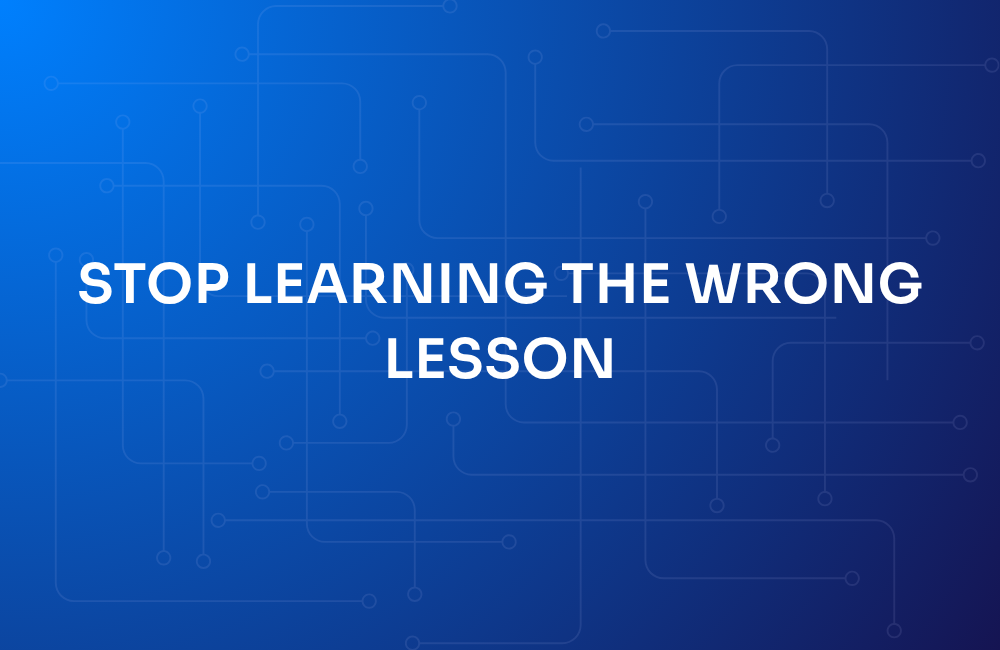


.png)
.png)

.png)
.png)



.png)
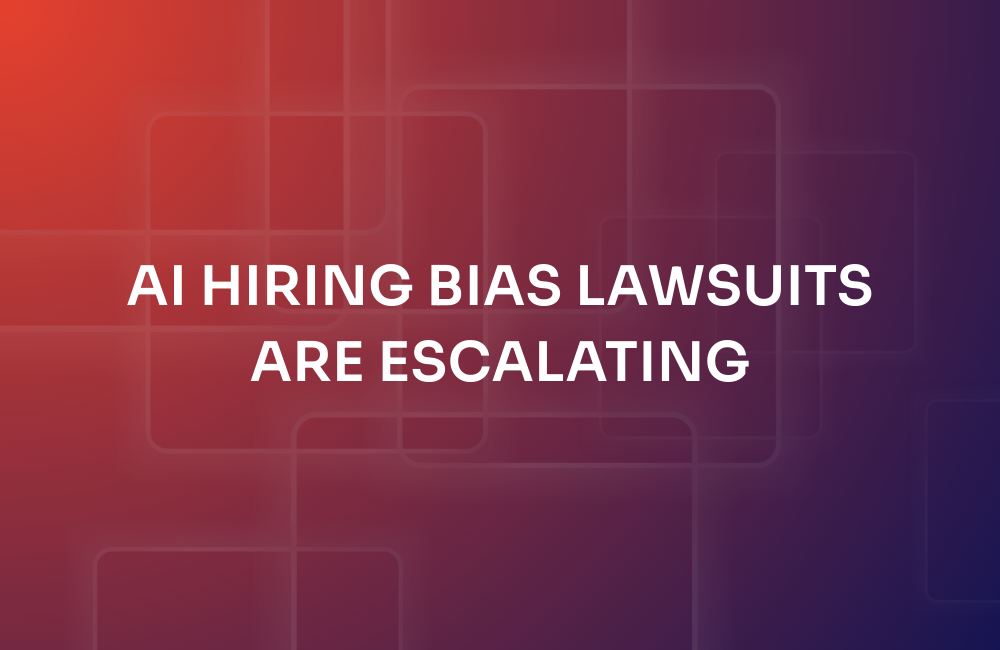
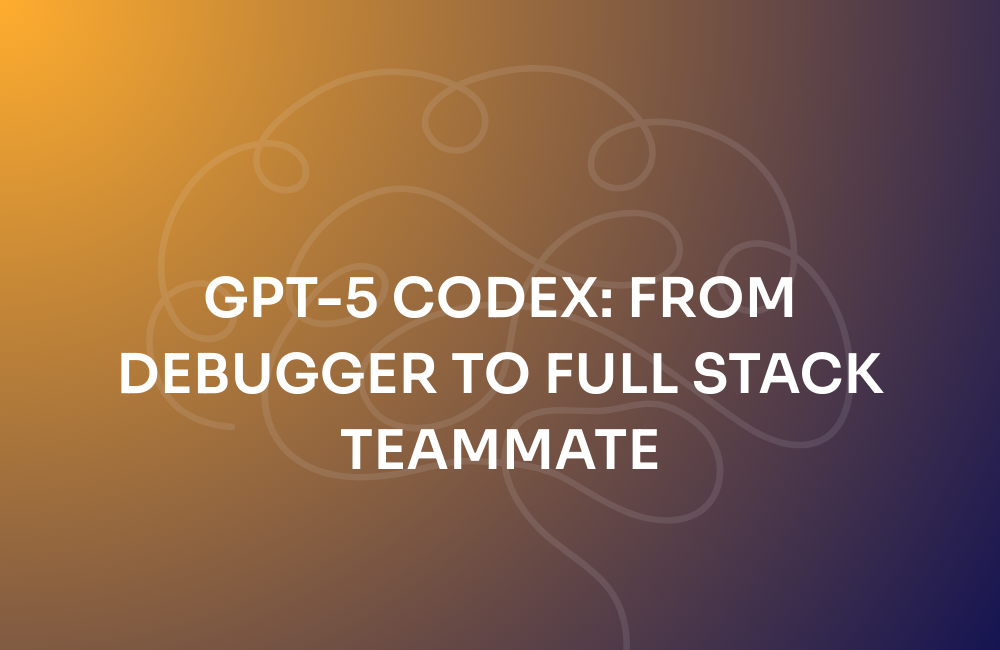

.png)
.png)
.png)
.jpg)
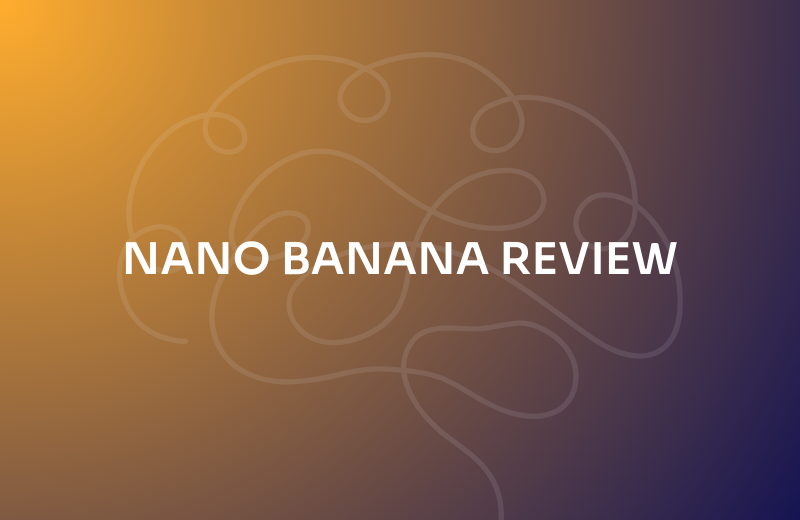

.png)
.png)
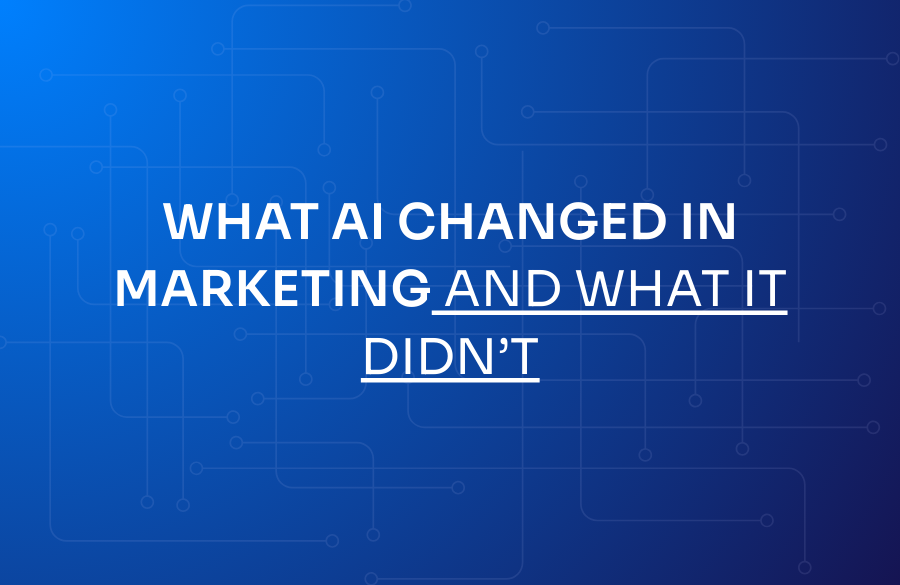
.png)

.png)
